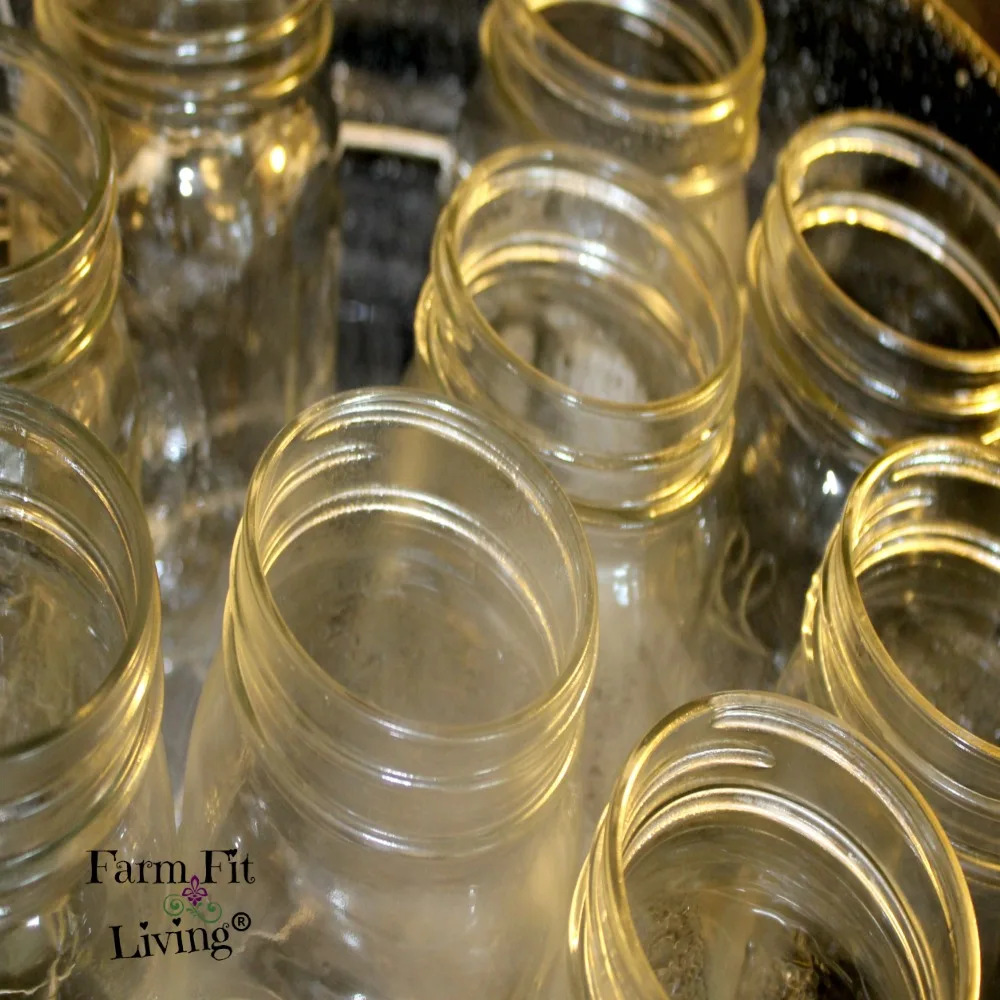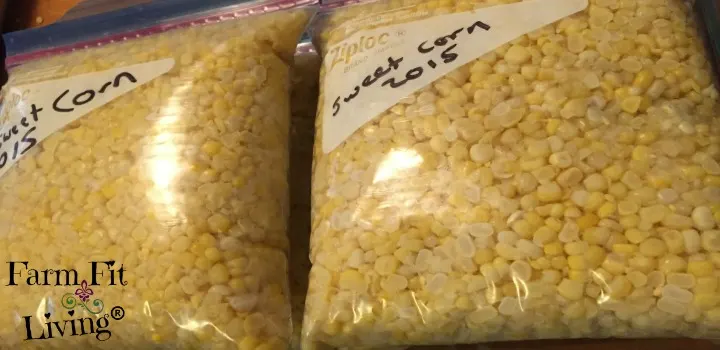What is holding you back to learn to preserve fresh produce?
Preserve fresh produce to enjoy later and reduce the waste that commonly occurs.
We all know the best whole produce do not have the shelf life we wished it did.
Or does it? It does last longer when it’s preserved safely. It can last best up to a year or more.
Learning to preserve fresh produce is a self-sufficiency skill that saves money and the life of the produce. You can easily enjoy delicious produce out of season just by preserving it.
Here are 5 ways to preserve fresh produce for your family to enjoy later.
Water Bath Canning
This method of canning is my favorite. It’s how I learned how to can and how I can most of my produce.
You can use water bath canning for high acid produce, such as tomato products and fruit.
Here’s some water bath canning supplies I can’t live without:
Large pot with lid
Canning Jars
Lids & Bands
Pot Holders
Funnel
Jar Lifter
To make it easier, you can also just pick up a water bath canning kit. It contains everything you need for the water bath process (minus the jars and lids).
Water bath canning is a simple method, but you can’t use it with all produce. For some, you will need to use pressure canning.
Pressure Canning
Ahh, pressure canning. The demon child of the preservation world. It may seem difficult, but once you understand it, it’s a very rewarding skill to possess.
If you’re canning low acid produce, such as green beans, you need to use the dreaded pressure canning method.
Here are some supplies you need for pressure canning:
Pressure Canner
Canning Jars
Canning Lids & Bands
Jar Lifter
Canning Funnel
Towels & Pot Holders
Spoons & Knives
While pressure canning is different than water bath canning, it is a necessary process for low acid foods. My advice is to spend an afternoon with a pressure canning mentor to learn how to pressure can. It’s a lost art that you should really learn to preserve those green beans you worked so hard to grow.
Canning is an old way of preserving fresh produce but the old way isn’t necessarily the safest way. Be sure you use up to days methods and recipes found HERE in the Ball Canning Book.
No matter how difficult and technical the process may be – learn it. You’ll be glad you accepted the challenge when you open that can of green beans or tomato sauce later on.
Blanching & Freezing
A much easier method for most produce is blanching & freezing. If you have the freezer space to spare, you might prefer blanching & freezing produce.
This is an extremely easy process. It involves cooking the produce in boiling water in a process called blanching. After a brief cooling period, the produce is ready to be packed into ziploc bags.
Some produce I love to blanch and freeze include:
I’m sure there are more wonderful produce you can freeze and blanch.
For certain produce, such as squash, there is another way that may work easier.
Roasting & Freezing
I love preserving squash and sweet potatoes, but I admit squash is not the easiest produce to work with. The most difficult part is cutting through that tough raw shell.
This is why I prefer to roast the squash in the oven face down for about an hour. This really softens the squash.
Once the squash is soft enough to work with, you can puree it or chunk it. Purees work great for soups. Chunks are great to just thaw and throw into the crock pot with a yummy beef roast.
After you have the pieces or puree you desire, pack them into labeled freezer bags. This is where they will be stored until you are ready to use them.
Not only can you do this with the meat, but the seeds can be preserved this way as well. Roasted pumpkin seeds make a delicious snack.
You can also dehydrate squash or sweet potatoes to make yummy chips.
Dehydrating
Drying produce and herbs is a popular way to preserve fresh produce.
Dehydrators are a great thing to have in your preservation inventory. I actually have two dehydrators for produce and herbs.
Drying produce and herbs is a simple method that takes a numerous hours. Once the drying session is complete, you can store the dried produce in sealed canning jars or freeze in freezer storage bags.
It’s a great option for preserving produce and herbs that could go to waste otherwise.
Pick Your Poison
Don’t let your fresh produce go to waste. Preserve fresh produce in one of these five ways to enjoy later.
Be sure to pick the safest option for what you are putting up. Remember that low acid produce must be preserved using the pressure canning method for safety.
Maintaining a safe food storage supply will help keep your family fueled with good healthy produce long after the growing season ends. Enjoy!
Which preservation process do you prefer for putting up fresh produce?


Is Your Canning Space Overwhelming?
Get My Canning Inventory Check-List and stay in Control! It will be delivered directly to your inbox as soon as you plug in your email right here.






Summer Squash Sausage Skillet || Farm Fit Living
Wednesday 18th of July 2018
[…] most people, I love zucchini bread! Shredded zucchini is awesome for shredding and freezing to use up later. It tastes delicious when paired with savory pork sausage in dishes like summer […]
7 Calorie Burning Activities for Fall | Farm Fit Living
Wednesday 18th of October 2017
[…] Picking any good vegetables still on the vines and plants. You can still use these in recipes or preserve them for later. […]
Become Frugal During Hard Times | Farm Fit Living
Tuesday 10th of October 2017
[…] farms. I share many recipes on my web site with you that host our farm fresh ingredients. Also, we preserve quite a lot of those ingredients to use throughout the year. I no longer purchase things like apple sauce, […]
Things to Do With All That Summer Squash
Friday 30th of June 2017
[…] These will be ready later on into the later summer and fall. And I promise I will write another post about them later. Today, I’m focused on summer squashes. So, the following are 37+ things to do with all that zucchini and yellow squash that may be accumulating in your garden and kitchen. * Read about 5 ways to safely preserve fresh produce * […]